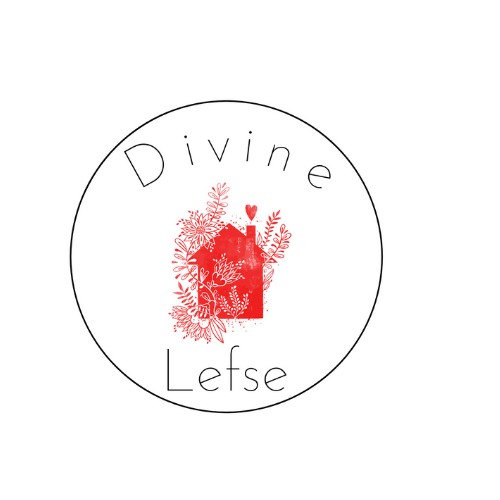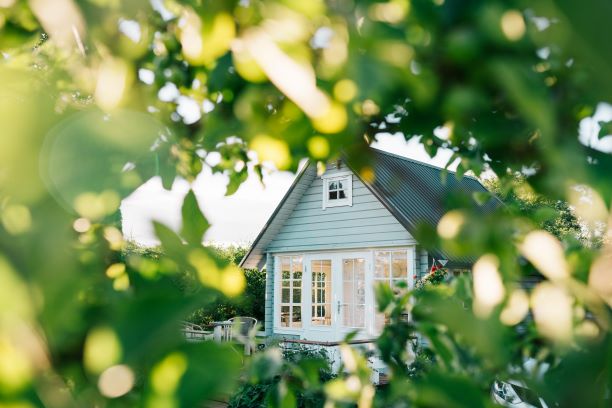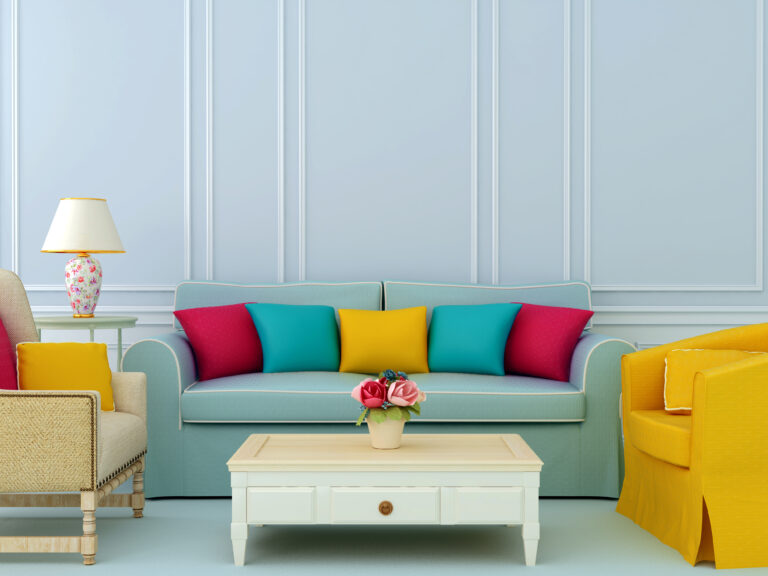How to Light a Room for the Perfect Atmosphere
I remember as a high schooler, riding with my dad along the freeway enroute to “Family Week” to visit my mom at the treatment center in Minneapolis. I looked up at one particular spot during the drive, captivated by a large building with great big curved windows that sparkled with warmth and glow. It made me happy. It was like some magical land of Oz. The light and glow that emanated from that building gave me a glimmer of hope in a dark time. It really did. I looked forward to seeing it, both both coming and going to those hospital visits. And it is an image that has remained in me through all these years.
Light is that impactful, and that big of a deal.
But you already know this intrinsically because of how lighting makes you feel. A beautiful bright sunny day, a spectacular sunset, or endless gray winter days- those are obvious. But what about the room that just feels right and comfortable. Or not.
What is light, anyway?
It’s pretty fascinating. And if you happen to be helping your middle schoolers with science right now, it might be old news. We’ll keep it simple.
Our natural source of visible light, the sun, is composed of all the colors of the spectrum. When all the colors of the spectrum are mixed together, we see white light. The individual colors of the spectrum are only seen separately when viewed through a prism. Which is why you get those pretty little slices of color when you see sunlight through any form of a crystal; the prism is separating the colors of the light based on each colors’ wavelength and spreading it out in different directions. Hello rainbow.
Artificial light cannot fully reproduce sunlight. Which means it’s not pure white light. Which means not all colors will be emitted.
So what difference does this make?
When light hits, say, a red ball, the red in the light spectrum is reflected, and the other colors are absorbed. You then see a red ball. But in artificial light, say for example a typical fluorescent tube, if there is little or no red in that artificial spectrum, little or no red will be emitted. The ball will look greyed and the color will “flatten”.
So…full spectrum light reflects all the colors, and we see all the colors. A light source without the full spectrum of light doesn’t reflect all colors, and we don’t see all true colors.
Which explains the ooky (pronounced oo-kee) factor; my technical term for lighting that just doesn’t feel right, makes you feel ill at ease, that makes color dull and flat. Because it’s artificial. While technology is getting better at producing fuller sprectrum light, there’s still a lot of ooky out there.
Moving on to brightness.
Every natural thing in our world has a rhythm, and our bodies are no exception. Do you remember the term Circadian Rhythm? It’s our natural internal clock governing our biological cycles and influencing hormone levels. Light levels influence these rhythms, so light is associated with our body’s activity and rest. Bright light = activity, Low light= rest and relaxation.
The combination of how light affects the color we see, and the way light levels affect our brain has a powerful impact on the feel of a space.
But you already knew that.
Picture a room with a single hanging dim fluorescent tube in the center, corners darkened in shadow. Would you feel energized? Relaxed? Would you even want to hang around?
Now picture the most welcoming and comfortable room you’ve ever been in. What made it that way?
No matter how comfortable the sofa, or beautiful the art, or well-curated the accessories, your space will fall flat without the right lighting. You know a great room when you feel it. Nothing imparts mood and atmosphere more than the lighting. It’s what brings everything to life and allows you to do what you need to in the space. Do you want to summon up some conversation? Do you want to play a game or knit or read or cook? Do you want to work? Or relax? It’s all at the hands of good lighting.
So, what makes good lighting good lighting?
Another plane, another angle. It’s what makes life, and lighting interesting. Like anything with character and dimension, it’s in the layers. You know what it means to dress in layers, and you know the comfort and flexibility it provides. It’s the same with lighting. Different layers, as in using the three types of lighting- general, task, and accent- from different sources, at different angles and on different planes- add interest, depth, dimension, and allow for unique purpose and flexibility.
It sounds complicated, but it’s really not. Boiled down, it means an overhead light- light coming from or hanging from the ceiling, a lamp- or something to specifically light for the task at hand, and a 3rd source of light as either some type of decoration in an of itself, or light that focuses- and hightlight- an object.
So, if something in your space seems a little off, check the lighting.
Coming soon for you is What Watt Where; A Practical Lighting Guide, room by room.
And back to that beacon of light on a hill in a dark time? It was- and is- a lighting showroom. And yes, I did eventually work there and became a certified lighting specialist.



